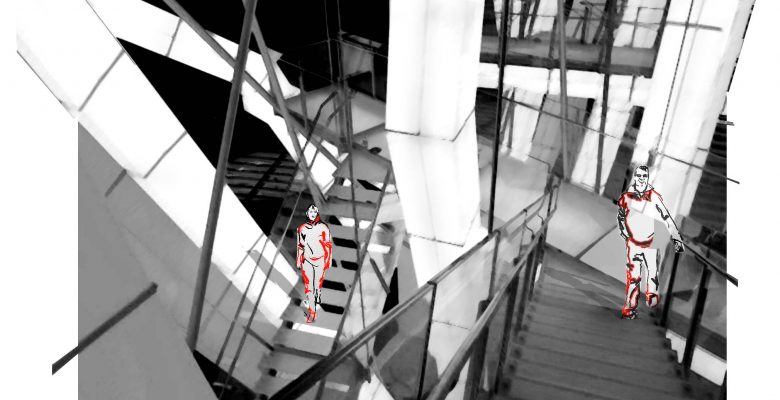This article discusses the importance of perception of spaces, and involvement with spaces during the design process. Over the last decade, mapping the relationship of architectural spaces to human experience has become popular as a successful design methodology. The beginning phase of the design process is characterized by perceptual integrity; unfortunately, this integrity often fades away or is even eliminated once the spaces become real and occupied. The availability of advanced visual representation techniques has created a realistic clarity of visual experience in space. However, emphasis on the visual has resulted in the possibility that other sensory modalities will be ignored. The goal of the craft of architecture as a profession is to create experiential qualities. If well designed, an architectural space can effectively shape experiences and evoke feelings. This paper focuses on design processes and outlines a series of phenomenological arguments that arise in contemporary architecture. These arguments are presented through literature reviews, theoretical interpretation, and the building case studies that support findings. The purpose of this paper is to clarify the importance of imaginative perception in architecture, and to demonstrate how ideas are developed for the creation of impressive architectural spaces.
This article originally appeared in Vol 08.02 of the Perkins+Will Research Journal. CLICK HERE to see the whole article.

